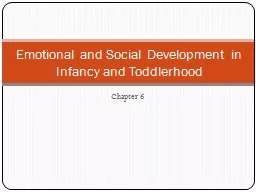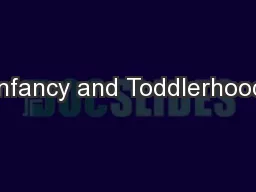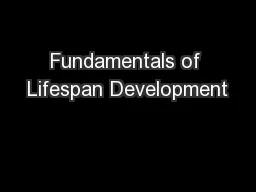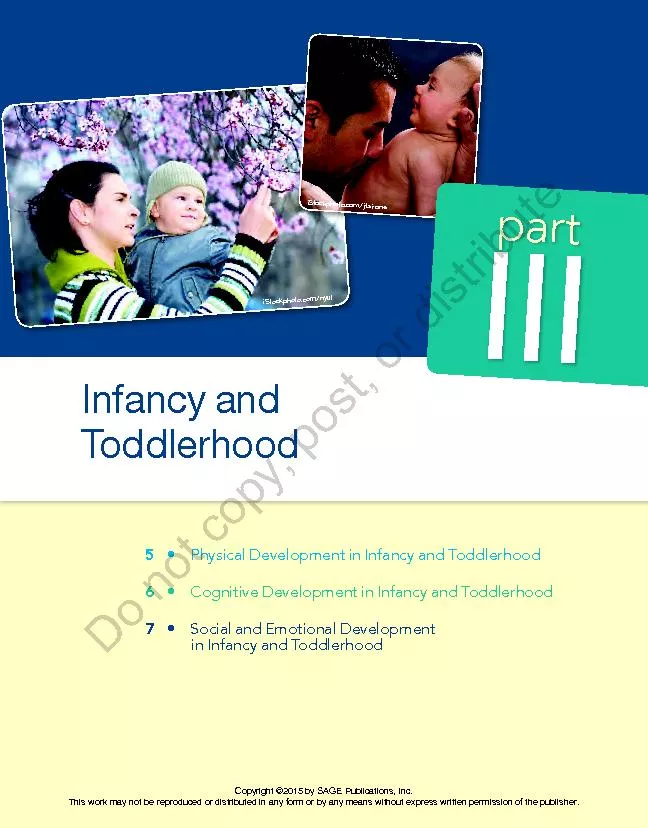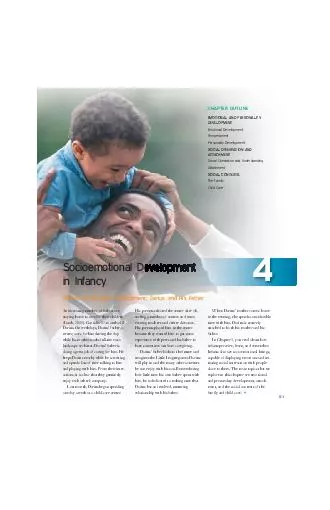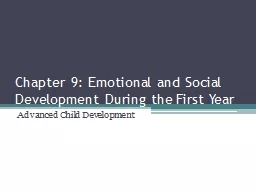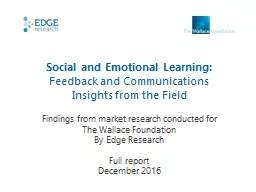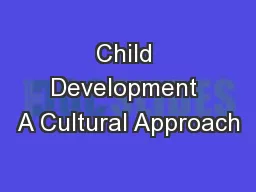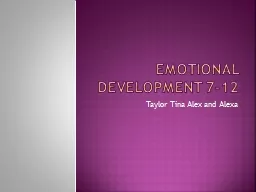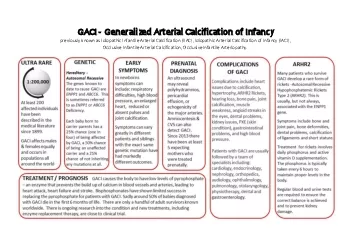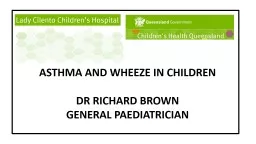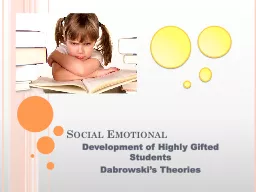PPT-Chapter 6 Emotional and Social Development in Infancy and Toddlerhood
Author : min-jolicoeur | Published Date : 2018-10-13
Eriksons Theory of Infant and Toddler Personality Although psychoanalytic theory is no longer in the mainstream of human development it still contributes to capturing
Presentation Embed Code
Download Presentation
Download Presentation The PPT/PDF document "Chapter 6 Emotional and Social Developme..." is the property of its rightful owner. Permission is granted to download and print the materials on this website for personal, non-commercial use only, and to display it on your personal computer provided you do not modify the materials and that you retain all copyright notices contained in the materials. By downloading content from our website, you accept the terms of this agreement.
Chapter 6 Emotional and Social Development in Infancy and Toddlerhood: Transcript
Download Rules Of Document
"Chapter 6 Emotional and Social Development in Infancy and Toddlerhood"The content belongs to its owner. You may download and print it for personal use, without modification, and keep all copyright notices. By downloading, you agree to these terms.
Related Documents

